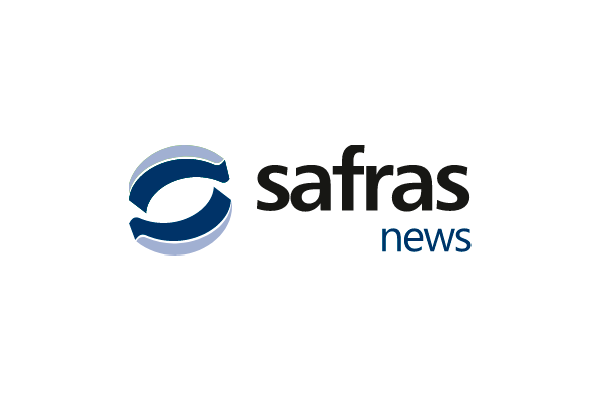Porto Alegre, October 31, 2023 – After a week of recovery, the planting of the new Brazilian soybean crop had a week of slower progress in the country’s main growing states in the period between October 21 and 27. The higher moisture registered in the South and Southeast regions prevented work from progressing better, once again causing delays in the sowing pace in some states. In the North and Northeast, it was the low moisture that prevented farm machines from advancing better, with growers waiting for an increase in rainfall to move forward with planting and ensure good germination of the sown crops. The work pace at national level was once again below the five-year average.
According to research carried out by SAFRAS & Mercado, through October 27, Brazilian growers had sown 37.1% of the total area expected for the country in the 2023/24 crop. The percentage is equivalent to approximately 16.921 mln hectares sown, out of a total of 45.619 mln hectares estimated for planting. In the previous week, the percentage was 28.6%, while in the same period of the previous year, the percentage was 46.8%. The five-year average for the period is 44.1%.
In Rio Grande do Sul, out of an expected total area of 6.6 mln hectares, 0.5% were sown, or the equivalent of approximately 33 thousand hectares. In the previous week, the percentage was 0.1%. In the same period last year, the percentage was 4%, while the five-year average for the period is 7.4%.
In Paraná, 60% of the area destined for soybeans were sown. The percentage is equivalent to approximately 3.540 mln hectares planted, out of a total of 5.9 mln hectares estimated for the state. In the previous week, the percentage was 49%. In the same period last year, the percentage was 47%, while the five-year average for the period is 60.8%.
In Mato Grosso, out of an expected total area of 12.23 mln hectares, 71% have already been sown, equivalent to approximately 8.683 mln hectares. In the previous week, the percentage was 61%. In the same period last year, the percentage was 84%, while the five-year average for the period is 75.0%.
In Mato Grosso do Sul, out of a total area estimated at 4.28 mln hectares, 39% were sown, or the equivalent of approximately 1.669 mln hectares. In the previous week, the percentage was 27%. In the same period of 2022, the percentage was 60%, while the five-year average for the period is 54.0%.
In Goiás, out of an expected total area of 4.7 mln hectares, 37% were sown, or approximately 1.739 mln hectares. The previous week, the percentage was 20%. In the same period last year, the percentage was 60%. The five-year average for the period is 48.4%.
In São Paulo, out of a total area estimated at 1.4 mln hectares, 22% were sown, equivalent to approximately 308 thousand hectares. In the previous week, the percentage was 13%. In the same period of the previous year, the percentage was 60%. The five-year average for the period is 39.2%.
In Minas Gerais, out of an expected total area of 2.2 mln hectares, 21% were sown, or the equivalent of 462 thousand hectares. In the previous week, the percentage was 8%. In the same period of the previous year, the percentage was 30%, while the five-year average for the period is 36.4%.
In Bahia, out of a total area estimated at 2 mln hectares, 7% were sown, or approximately 140 thousand hectares. In the previous week, the percentage was 4%. In the same period last year, 6% had been sown. The five-year average for the period is 9.9%.
Climate maps now point to another period of greater moisture over the states in the South, Southeast, and part of the Midwest (Mato Grosso do Sul) in the period between October 29 and November 4, which should be unfavorable to the advancement of farm machines. Most of the Midwest and states in the North and Northeast regions should receive some moisture, without excess, which should allow for good progress of farm machines and good development of the crops already sown.
In the period between November 5 and 11, moisture spreads across the country at similar levels in the main states, which should be favorable for planting, although it could prevent a better advance of machines in the states of the Southern Region.
Follow the Safras Agency on our website. Also follow us on our Instagram and Twitter and stay on top of the main agribusiness news!
Copyright 2023 – Grupo CMA

